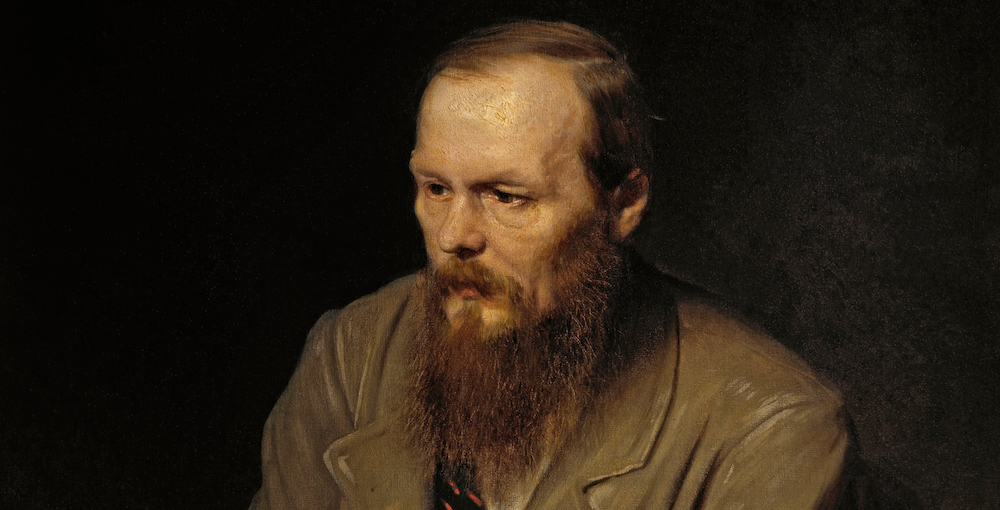E.M. Forster wrote, “it is the function of the novelist to reveal the hidden life at its source.” In Aspects of the Novel, Forester explains that while it is the work of the historian to deal with the external details of character, it is the realm of the novelist to expose the interior life, the hidden life of subjectivity.
Login to read more
Sign in or create a free account to access Subscriber-only content.
